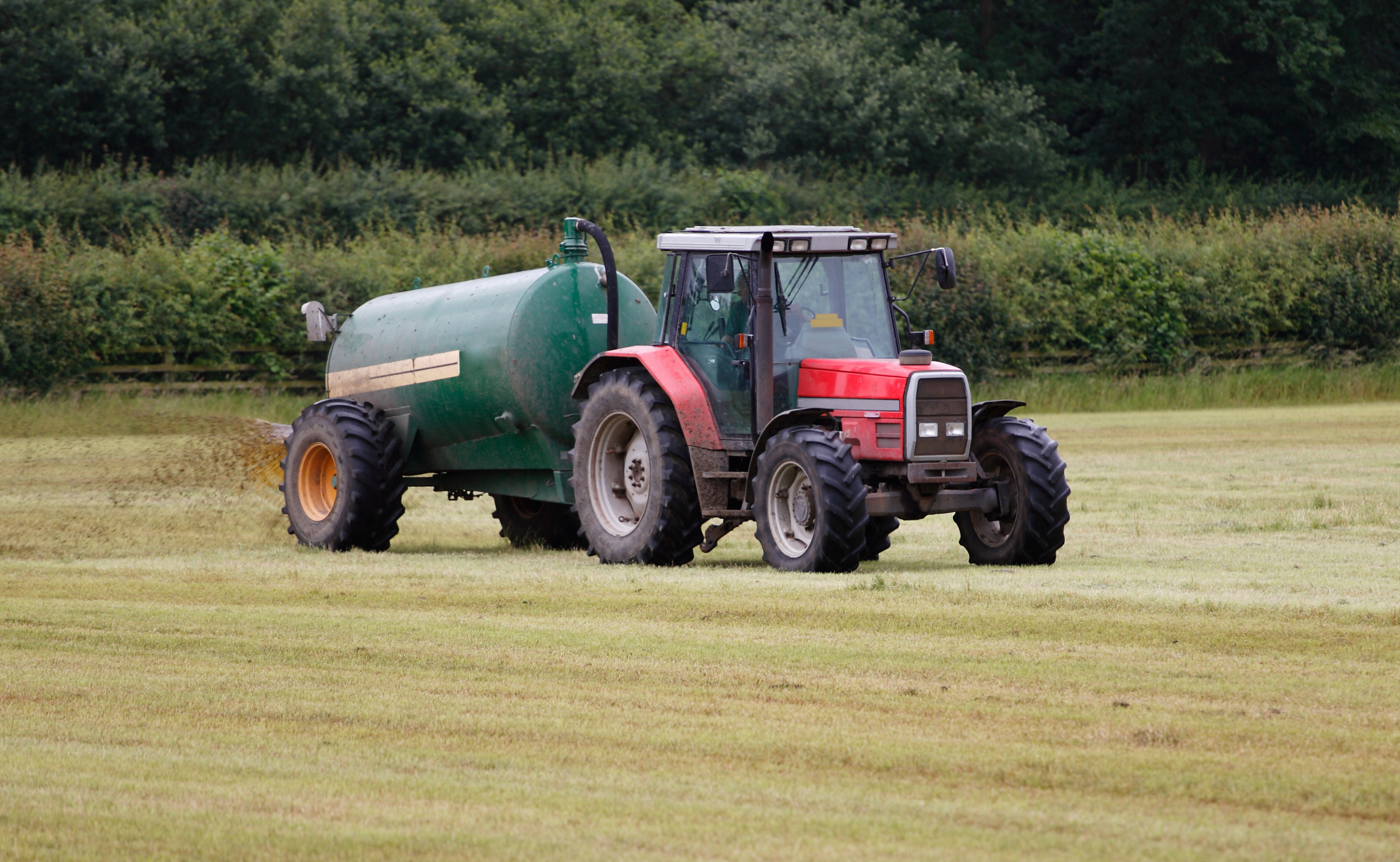By Melissa Shepherd
Slurry management has always been a difficult and contentious topic. The bad news is that legislation is going to get tougher and more effort will be applied by authorities to ensure rules are enforced.
One area that requires specific attention is the slurry and digestate covers market, with it expected to be mandatory for slurry to be covered by 2027. The detailed work I’ve done in this area, and the research that is being undertaken, alerts us to how much there is to consider and why guidance is a useful tool to development.
Why is slurry management so important?
The importance of on farm slurry management practices has been highlighted through the introduction of various legislations over the past decade surrounding greenhouse gas emissions. As pressures grow, the agricultural industry is being faced with targets for new developments and infrastructure in order to reduce sector emissions.
With the livestock sector accounting for 88% of total ammonia emissions in the UK, and ammonia emissions from manure storage accounting for 9% of the UK agricultural total, the need for action to address the problem is inescapable.
In fact, the Clean Air Strategy included direct action on the farming industry to reduce ammonia emissions through advancements in infrastructure and equipment. This strategy included an advisory on slurry stores and the fact that they need to be covered by 2027.
The benefit of covering your slurry store
Covering your store can help to keep water and rain out, whilst trapping odours and gasses such as ammonia in. Air speed at the surface of slurry will cause a variation in the rate at which these gases are released, which’ll also help to reduce the rate of how much can escape.
It’s not just the environment that will be positively impacted, covering slurry stores hold benefits for your farm business too. With the correct slurry and digestate storage systems in place, you can spread slurry or other liquid organic manures and save on artificial fertiliser costs. Keeping rainwater out of storage systems also means increased savings per year due to reduced application and storage costs. Covering stores traps the valuable nutrients in too, making them more readily available to the plants once applied on the ground.
Which slurry cover option will work best for you?
There are a variety of slurry and digestate storage options available, which depend on local parameters. These include farm size, pre-existing infrastructure, environmental habitats for conservation, land availability and proximity to other land/housing.
The type of slurry storage system will then influence the options for slurry covers, with ample possibilities to think about. When it comes to selecting the most appropriate cover for you and your farm, there are a number of factors to consider.
Answer the questions on the diagram below to discover which option is most suitable for you.

If you’d like to learn more about slurry management and which cover option will work best for your farm, or are starting an infrastructure project, please get in touch. Our Farm Business Consultancy Team and Sustainability Team can offer tailored guidance and information.







